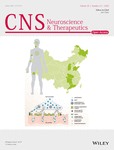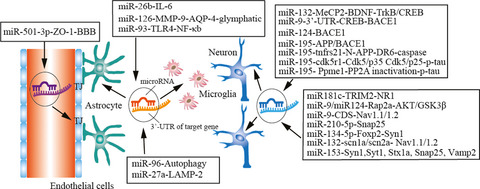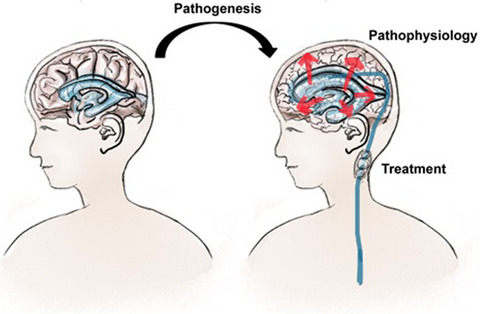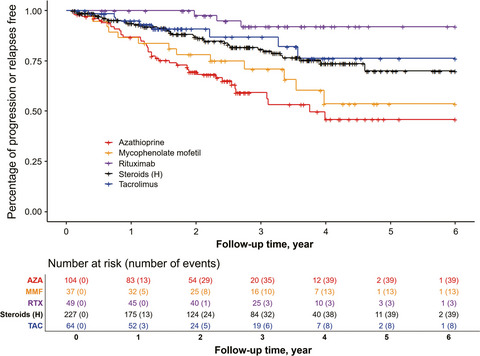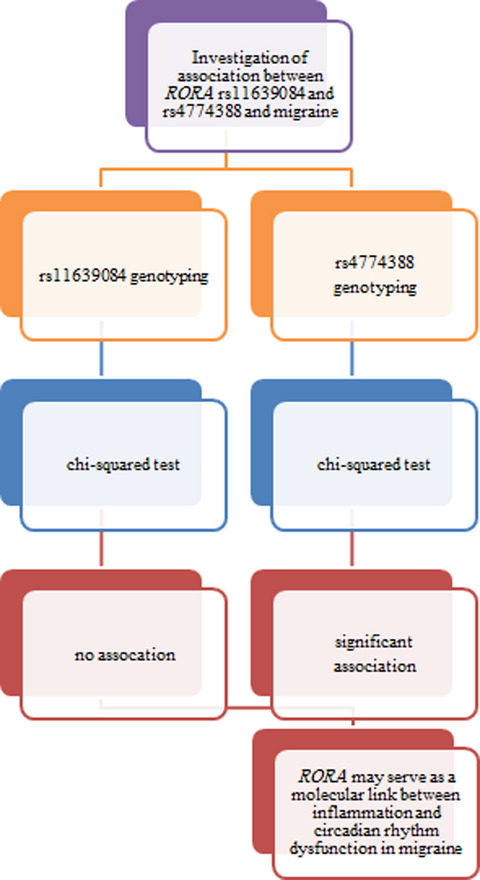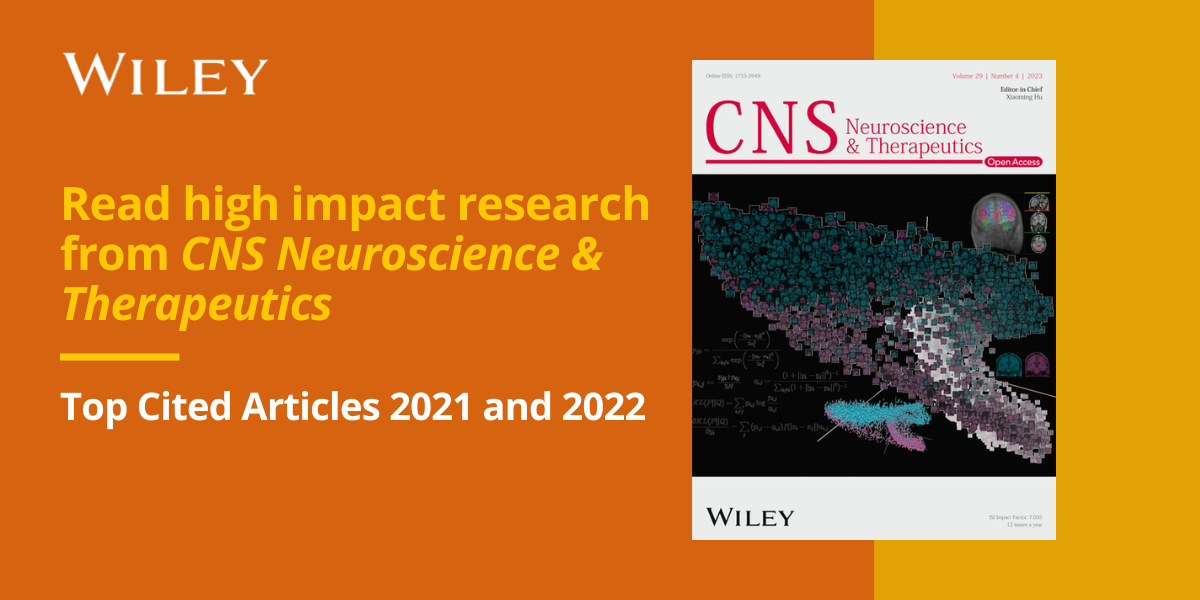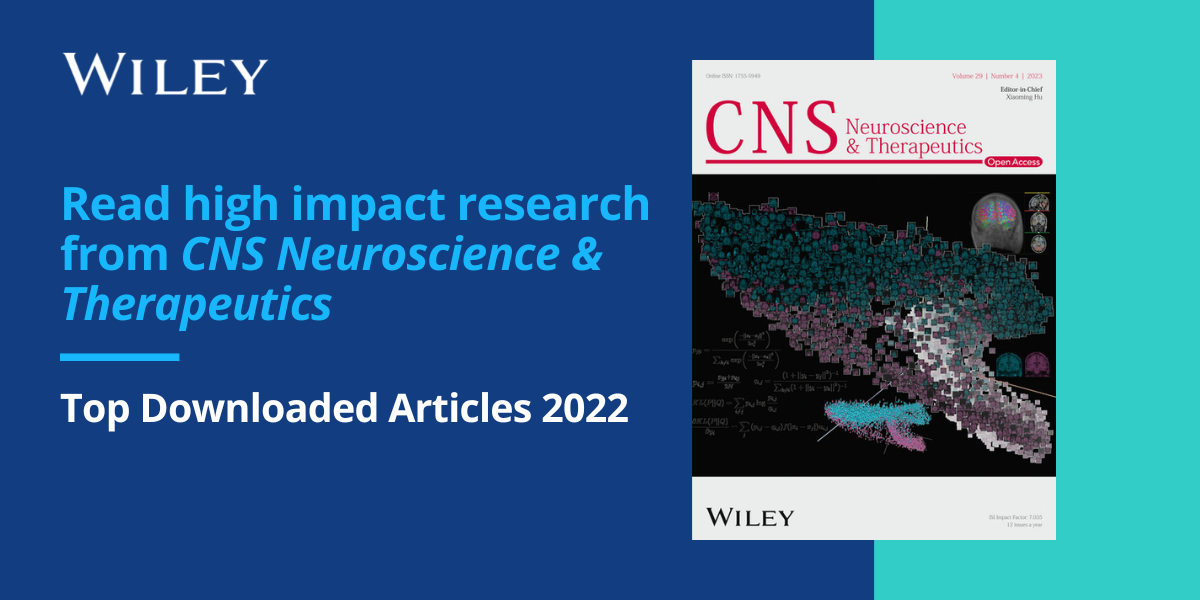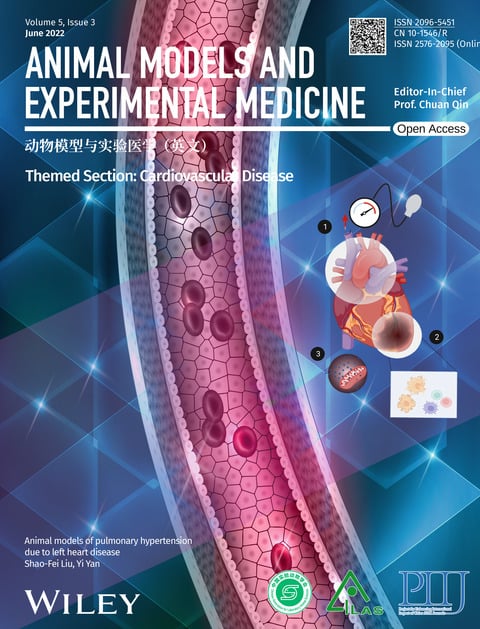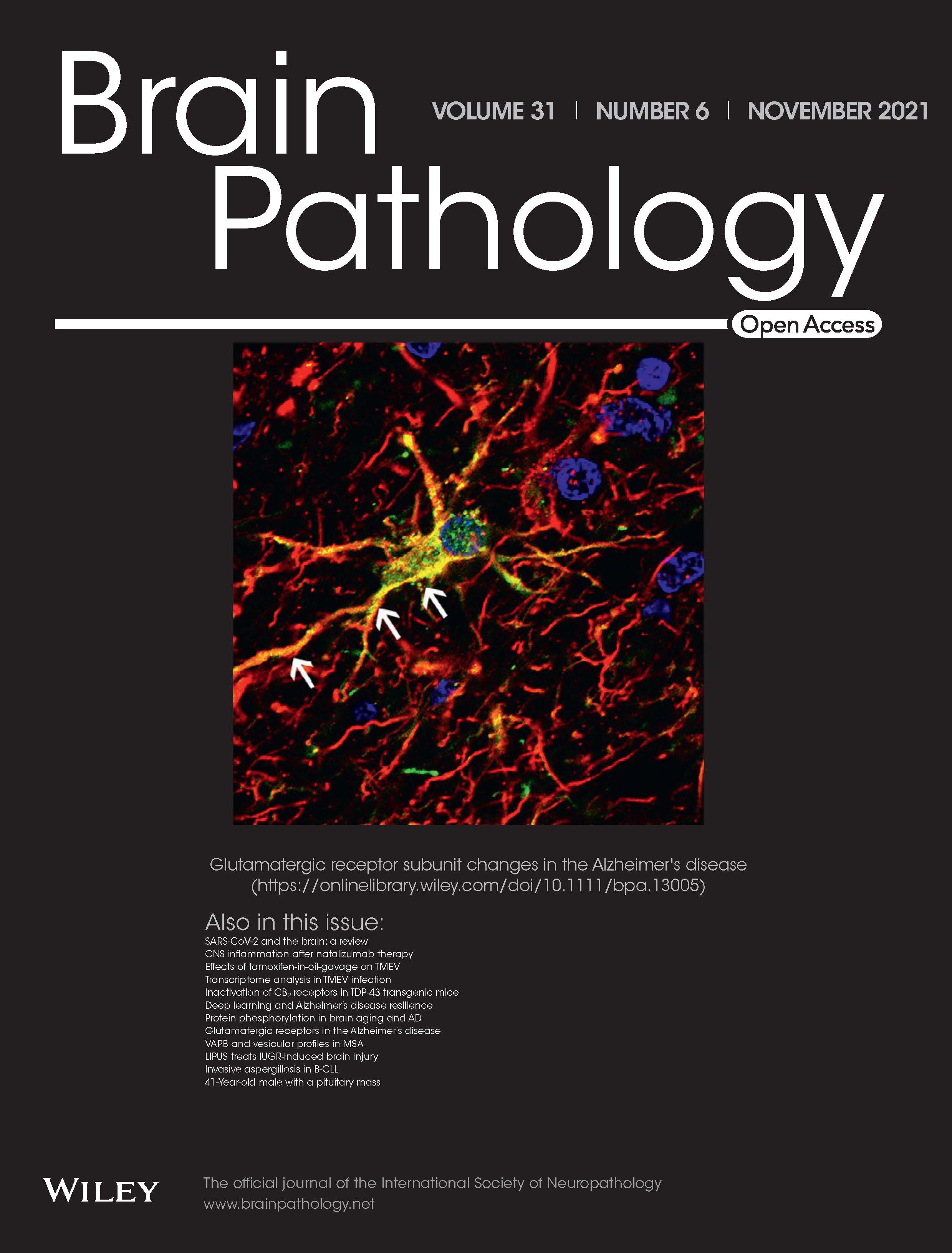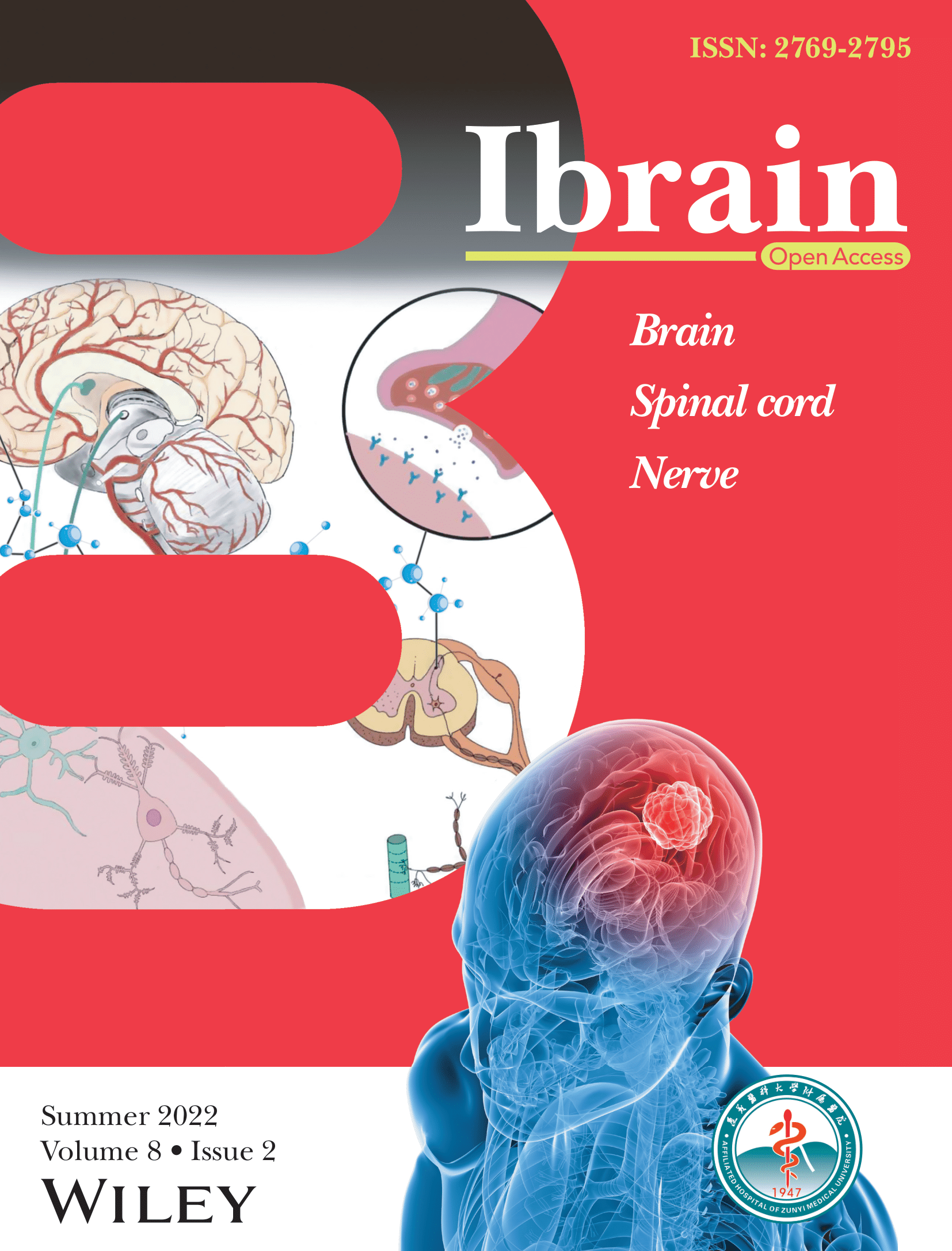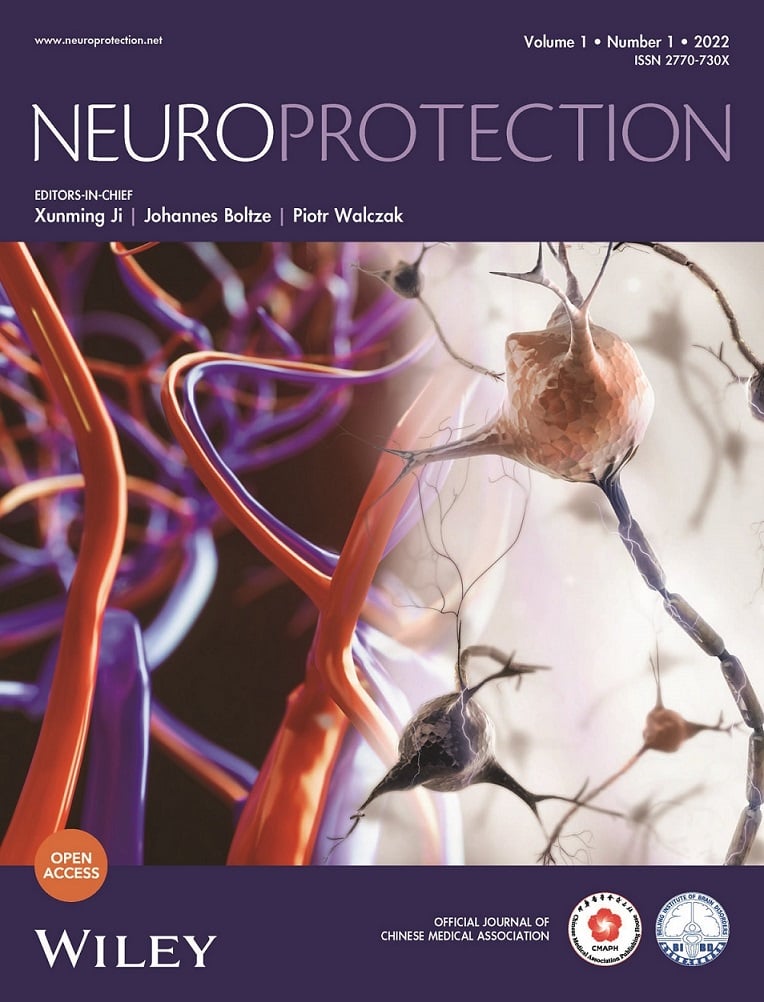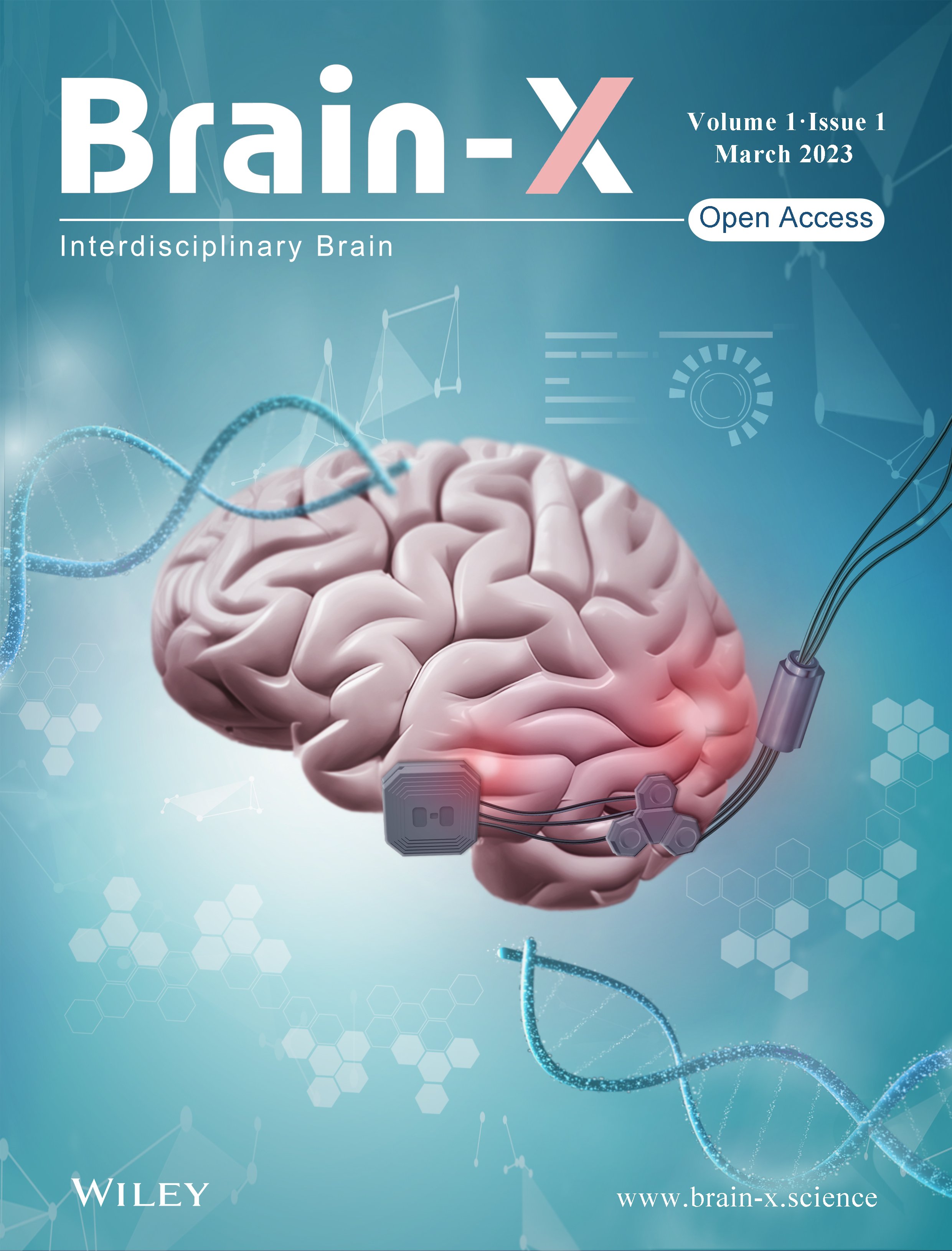Journal list menu
Export Citations
Download PDFs
ISSUE INFORMATION
EDITORIALS
Immunoactive treatment for myasthenia gravis; a Chinese experience
- Pages: 1203-1204
- First Published: 26 October 2020
Functional diversities of myeloid cells in the central nervous system
- Pages: 1205-1206
- First Published: 17 November 2020
REVIEW ARTICLES
Regulatory microRNAs and vascular cognitive impairment and dementia
- Pages: 1207-1218
- First Published: 30 November 2020
Demyelinating processes in aging and stroke in the central nervous system and the prospect of treatment strategy
- Pages: 1219-1229
- First Published: 19 November 2020
Pathogenesis and pathophysiology of idiopathic normal pressure hydrocephalus
- Pages: 1230-1240
- First Published: 26 November 2020
ORIGINAL ARTICLES
Immunotherapy choice and maintenance for generalized myasthenia gravis in China
- Pages: 1241-1254
- First Published: 26 October 2020
Exosomes from miRNA-126-modified endothelial progenitor cells alleviate brain injury and promote functional recovery after stroke
- Pages: 1255-1265
- First Published: 03 October 2020
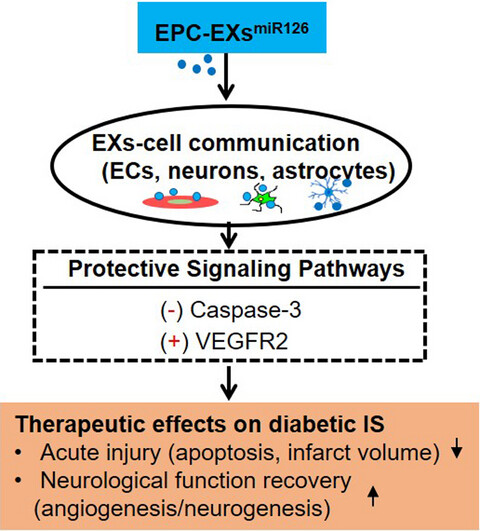
Schematic shows the mechanism of EPC-EXsmiR-126 on treating ischemic stroke in diabetes. Overexpression of miR-126 enhanced the therapeutic effects of EPC-EXs on diabetic ischemic stroke by reducing cell apoptosis in acute phase and promoting angiogenesis and neurogenesis to promote neurological function recovery in chronic phase.
Bioinformatic analysis identifies key transcriptome signatures in temporal lobe epilepsy
- Pages: 1266-1277
- First Published: 22 November 2020
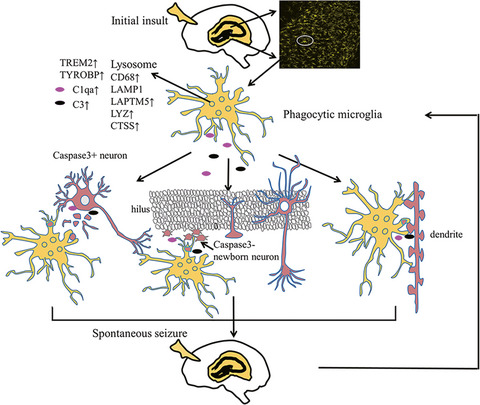
Activated phagocytic microglia may regulate the formation of abnormal neural circuits in temporal lobe epilepsy (TLE). After an epileptogenic injury, microglia in hippocampus was activated with up-regulated lysosomal molecules including CD68, LAMP1, LYZ, and LAPTM5. The expressions of phagocytosis-related molecules like C1QA, C1QB, C3, and TYROBP were also up-regulated. Activated phagocytic microglia could engulf apoptosis neurons, newborn neurons, and synapse with the help of complement and TYROBP, thus regulating the abnormal neural circuits and epileptogenesis in TLE. In chronic stage, the occurrence of spontaneous seizures further activated microglia and complements and exacerbated abnormal neuronal circuits.
Disrupted default mode network dynamics in recuperative patients of herpes zoster pain
- Pages: 1278-1287
- First Published: 16 July 2020
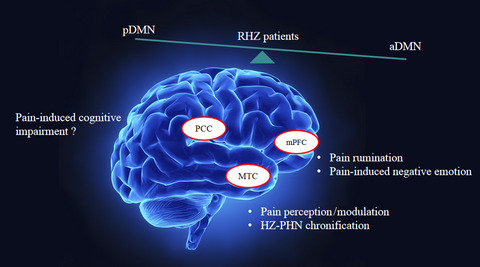
It is the first time to demonstrate that a disrupted dissociation pattern of DMN still exists in recuperative herpes zoster patients compared with healthy controls even the rash disappeared and pain was relieved. This study could provide heuristic cues for future research about herpes zoster transition mechanism.
Poldip2 mediates blood-brain barrier disruption and cerebral edema by inducing AQP4 polarity loss in mouse bacterial meningitis model
- Pages: 1288-1302
- First Published: 12 August 2020
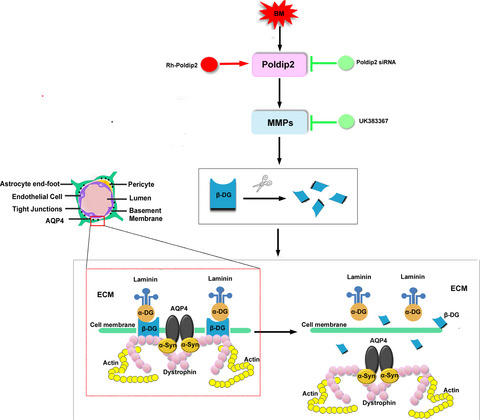
Schematic illustration of AQP4 polarity loss being induced by Poldip2 in mouse bacterial meningitis model. Poldip2 induced the upregulation and activation of MMPs, which mediates the cleavage of β-DG. Due to β-DG being responsible for AQP4 anchoring to astrocytic endfeet, the degradation of β-DG results in AQP4 polarity loss. In the present mechanism study, Poldip2 siRNA and the UK383367 were used to inhibit Poldip2 expression and MMP activity, respectively.
DNA methylation analysis with methylation-sensitive high-resolution melting (MS-HRM) reveals gene panel for glioma characteristics
- Pages: 1303-1314
- First Published: 11 August 2020
RAR-related orphan receptor A: One gene with multiple functions related to migraine
- Pages: 1315-1321
- First Published: 05 September 2020
Slower recovery of outpatient clinics than inpatient services for stroke and other neurological diseases after COVID-19 Pandemic
- Pages: 1322-1326
- First Published: 15 October 2020
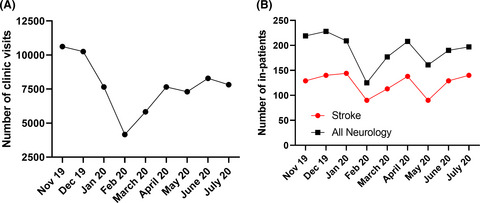
The changes in outpatient visits and inpatient services from the neurology department in a tertiary hospital in Shanghai, China, where there was no official city lockdown during the pandemic. A. It indicates the clinic visits from January 2019 to July 2020. Clinic visits dropped by 36.6% in February 2020 as compared to that in February in 2019, with a partial rebound as the effects of the pandemic waned; B. It indicates the inpatient services in stroke and all neurological diseases from January 2019 to July 2020. Inpatient services in stroke and all neurological diseases dropped by 27.4% and 23.8%, respectively, in February 2020 as compared to that in February in 2019 and then rose rapidly to a nearly normal status




